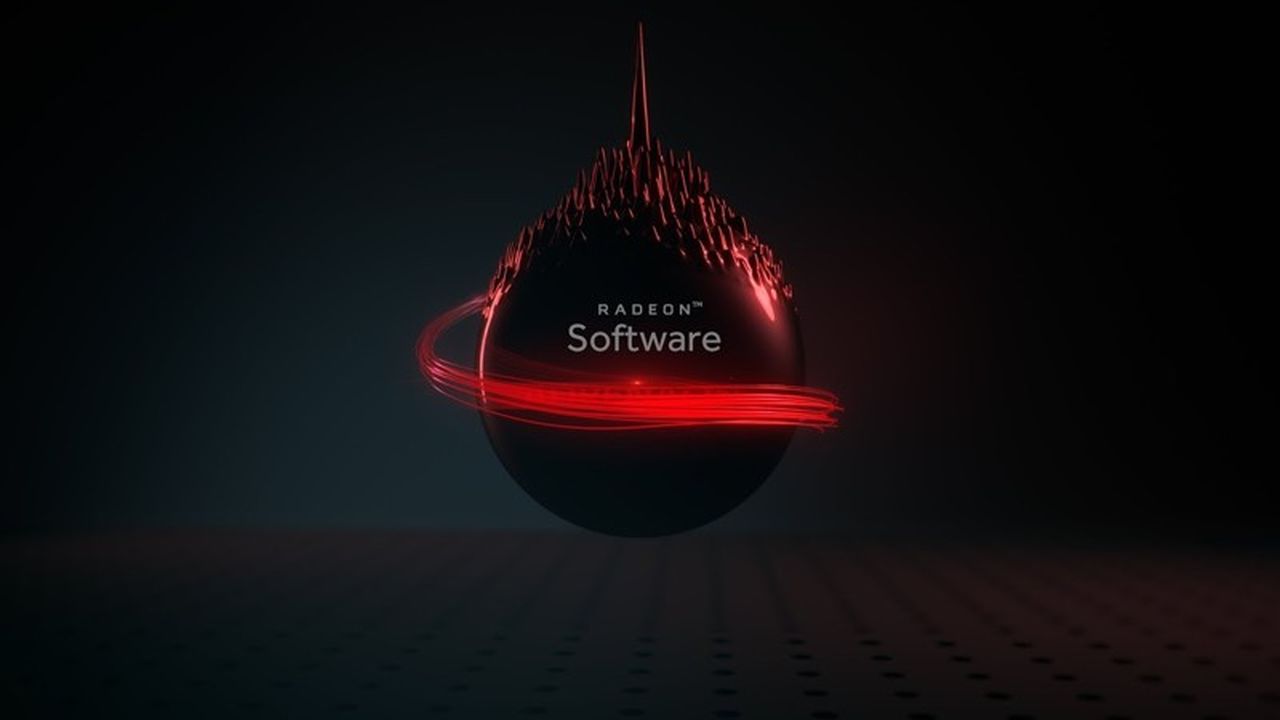AMD: The answer to Nvidia DLSS comes this year, but there is still a lot of work to be done
The AMD’s response to DLSS by Nvidia, known as FidelityFX Super Resolution, will arrive on PC later this year. Scott Herkelman, general manager of the Radeon division, confirmed this in the course of an interview with PC World. The executive explained that the works are in progress, but there is still a lot to do. It is therefore difficult to estimate the timing of arrival at this moment, but it does not seem that the debut is around the corner.
“He’s doing very well in the lab, but our commitment to the gaming community is that it must be open, work on everything and developers must be able to adopt it. While it is progressing well, we still have a lot of work to do and not only internally, but also with the partners who develop video games. We want to introduce the technology this year. We believe we can do it, but at the same time we have a lot of work ahead of us. We have to make sure of return image quality and ensure that it scales from different resolutions. And at the same time we have to make sure that game developers are happy with what we’re producing. “
Herkelman explained that the correct acronym for FidelityFX Super Resolution FSR. “It’s about one of the largest software initiatives we have internally because we know how important it is for those who activate ray tracing and do not want a performance drop compared to the competition or that the GPU suffers so badly. FSR something fundamental to present this year, but it will still take some time. We are doing well, but we still have some work to do “.
Certainly a more interesting aspect touched upon by Herkelman concerns the technology behind Super Resolution: will it be similar to that adopted by Nvidia? It really seems not, and not only because Nvidia GPUs have Tensor cores while the RDNA 2 architecture lacks units dedicated to AI computations. Microsoft’s DirectML user as rumored in the past? Still not clear.
“You don’t need machine learning to do this, you can do it in very different ways, and we’re looking at many different avenues. For us, what matters most is what developers want to use. If something just for us, and we force them to adopt it, we don’t get a good result. We prefer to ask the community which techniques they would prefer to see us implement so that they immediately spread across the industry and hopefully across multiple platforms. “
The manager confirms, albeit indirectly, the will to make Super Resolution a technology cross-platform, therefore compatible with Sony and Microsoft consoles, among other things based on AMD chips. However, the focus on the PC remains evident, so a compatibility initially limited to the Radeon RX 6000 GPUs cannot be ruled out, and then later on to the Xbox Series X | S and PS5.















